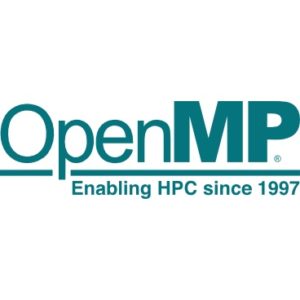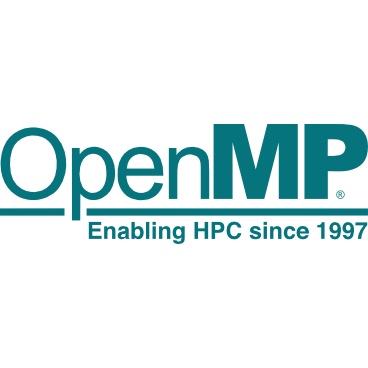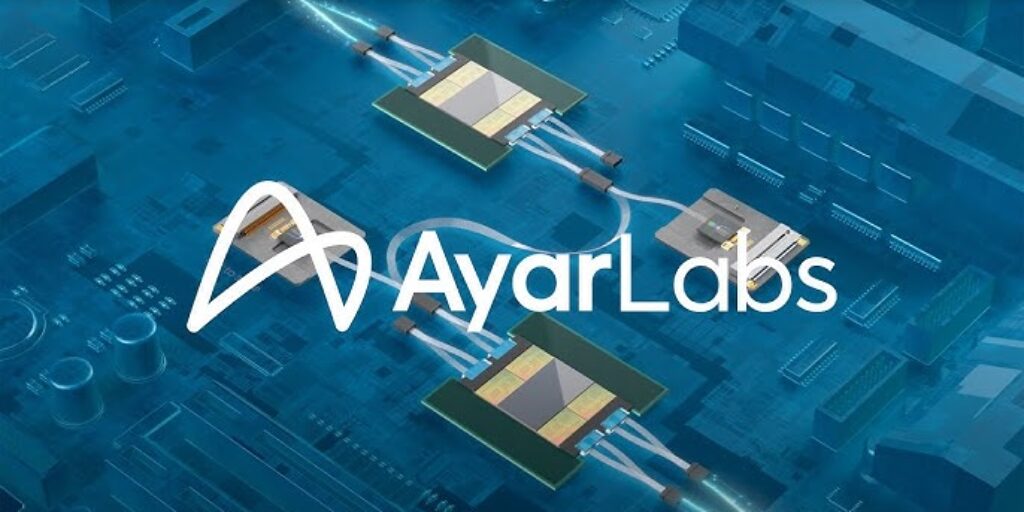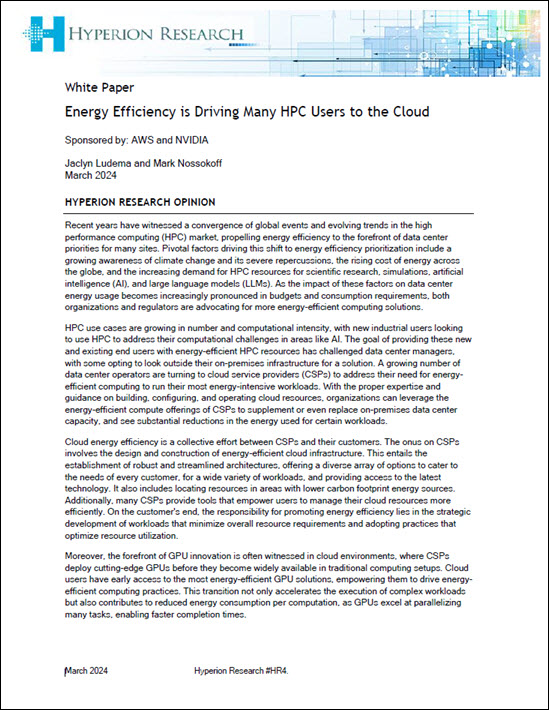 In this video, Markus Eisenbach and Dmitry Liakh from ORNL present: Intro to OpenMP, Part 1.
In this video, Markus Eisenbach and Dmitry Liakh from ORNL present: Intro to OpenMP, Part 1.
This video was recorded as part of the “Introduction to HPC” workshop that took place at ORNL from June 26-28. This is video 1 of 2, which gives a brief overview of parallel computing with OpenMP.
OpenMP (Open Multi-Processing) is an application programming interface (API) that supports multi-platform shared memory multiprocessing programming in C, C++, and Fortran, on most platforms, instruction set architectures and operating systems, including Solaris, AIX, HP-UX, Linux, macOS, and Windows. It consists of a set of compiler directives, library routines, and environment variables that influence run-time behavior.
OpenMP is managed by the nonprofit technology consortium OpenMP Architecture Review Board (or OpenMP ARB), jointly defined by a group of major computer hardware and software vendors, including AMD, IBM, Intel, Cray, HP, Fujitsu, Nvidia, NEC, Red Hat, Texas Instruments, Oracle Corporation, and more. OpenMP uses a portable, scalable model that gives programmers a simple and flexible interface for developing parallel applications for platforms ranging from the standard desktop computer to the supercomputer.
An application built with the hybrid model of parallel programming can run on a computer cluster using both OpenMP and Message Passing Interface (MPI), such that OpenMP is used for parallelism within a (multi-core) node while MPI is used for parallelism between nodes. There have also been efforts to run OpenMP on software distributed shared memory systems, to translate OpenMP into MPI and to extend OpenMP for non-shared memory systems.
In this video, Markus Eisenbach and Dmitry Liakh present: Intro to OpenMP, Part 2.




